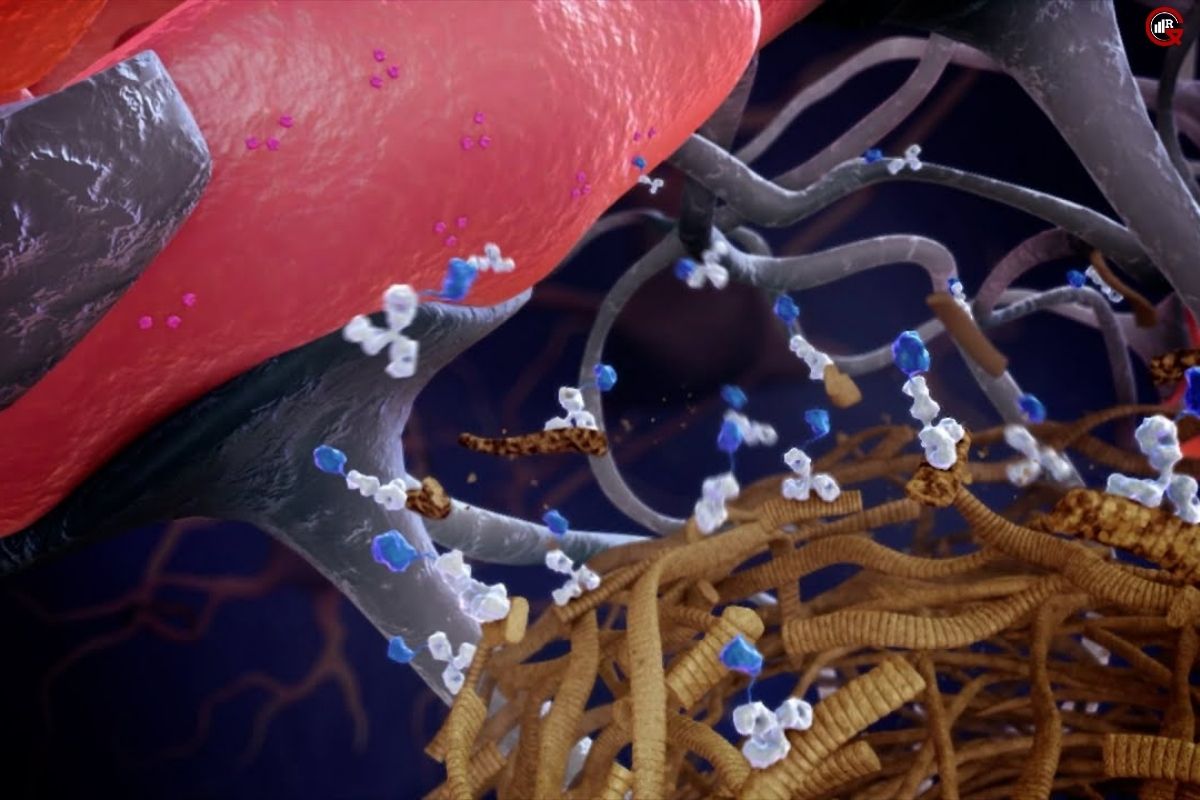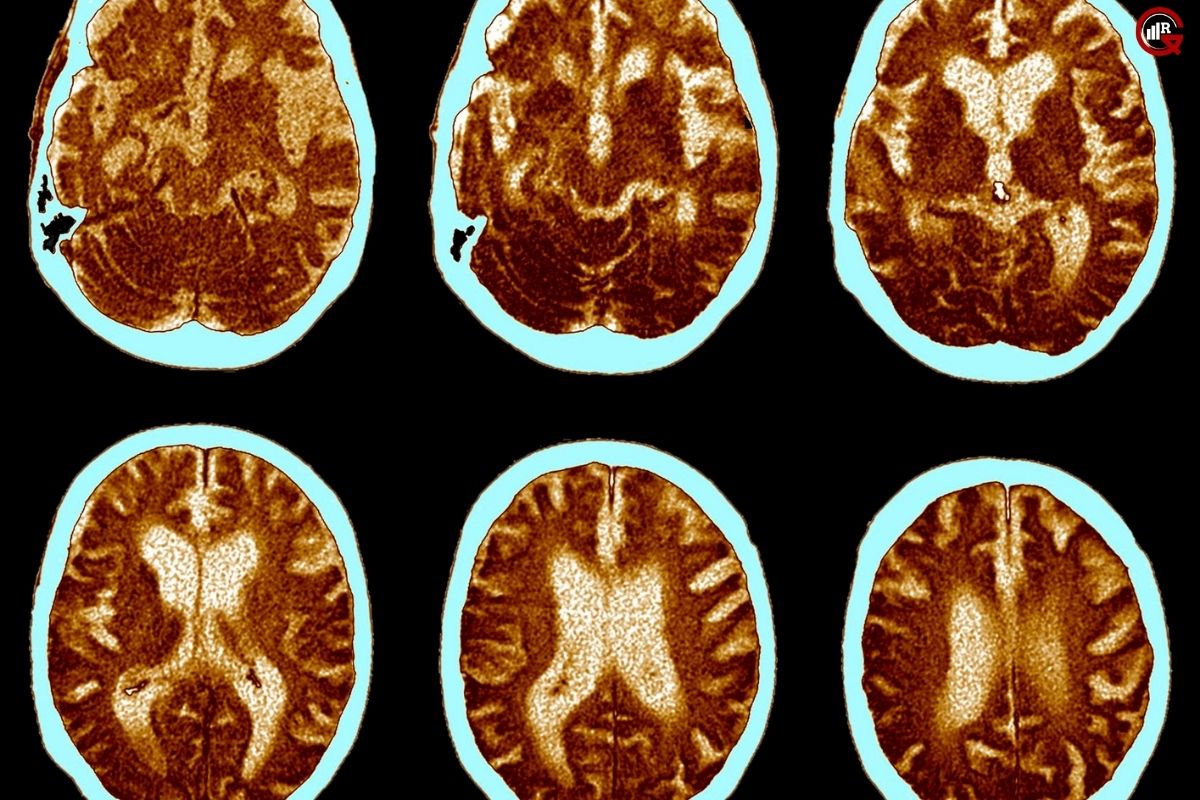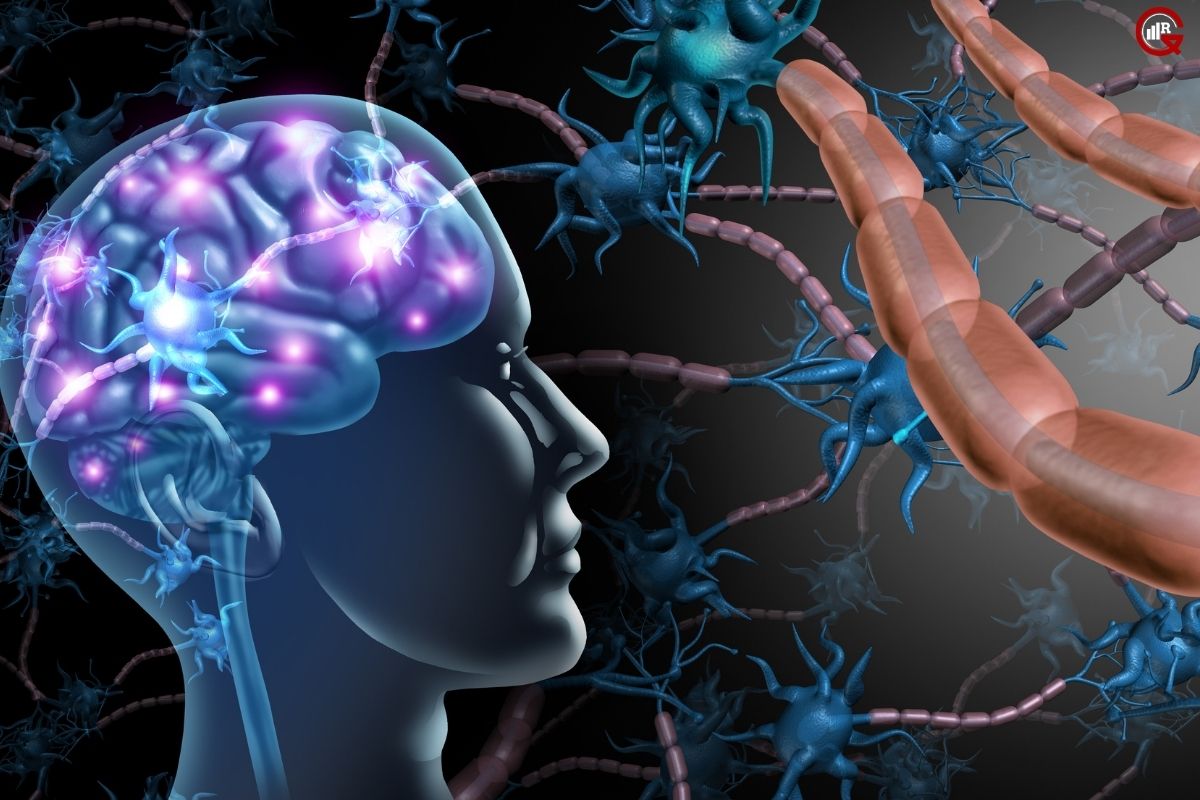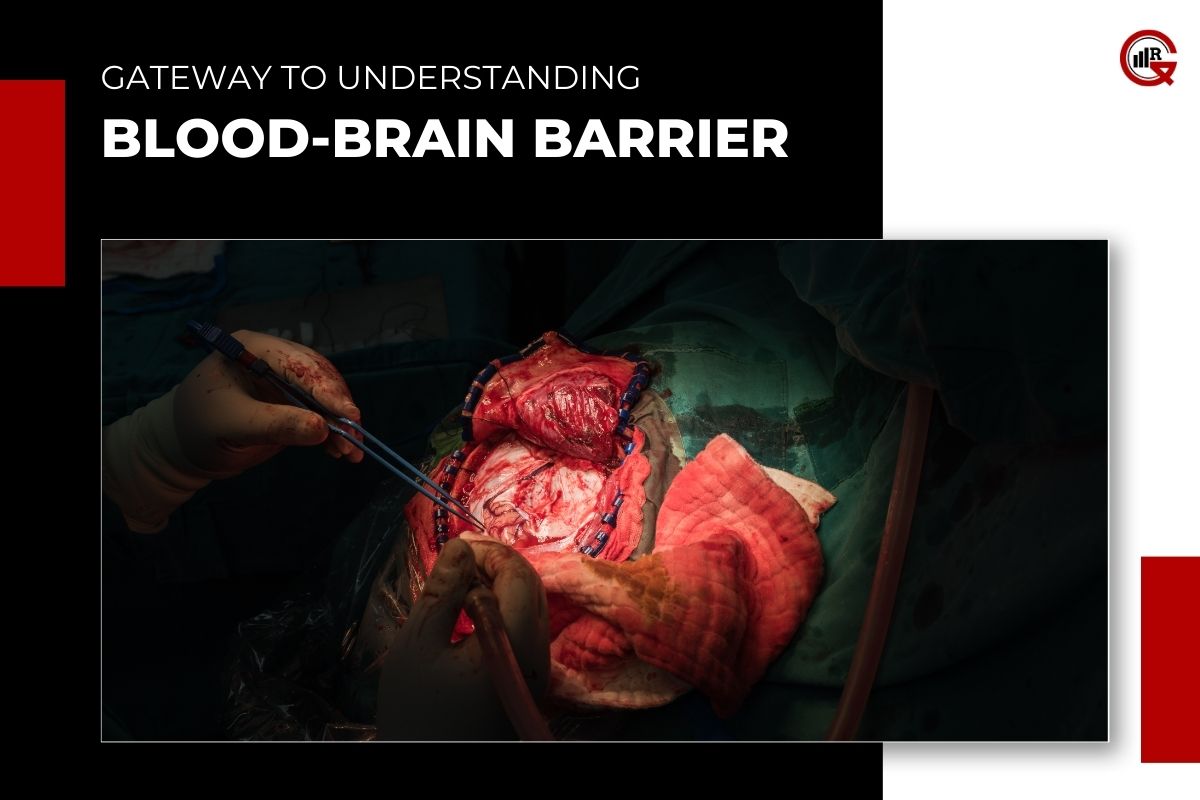The blood-brain barrier (BBB) stands as a formidable guardian, shielding the delicate neural tissue of the brain from harmful substances circulating in the bloodstream. This complex network of cells and structures regulates the passage of molecules, ions, and cells between the blood and the brain, maintaining the brain’s microenvironment and ensuring its proper function. In this article, we delve into the intricacies of the blood-brain barrier, exploring its structure, function, significance in neurological health, and the latest breakthroughs in BBB research.
Understanding the Blood-Brain Barrier
The blood-brain barrier is a highly selective semipermeable membrane that separates the circulating blood from the brain extracellular fluid in the central nervous system (CNS). Composed of specialized endothelial cells lining the capillaries in the brain, the BBB is reinforced by tight junctions that prevent the free diffusion of substances between blood vessels and brain tissue. Additionally, pericytes, astrocytes, and other supporting cells contribute to the structural integrity and functionality of the BBB.
Functions of the Blood-Brain Barrier
Selective Permeability: The primary function of the BBB is to regulate the passage of molecules and ions into and out of the brain. Small lipophilic molecules such as oxygen and carbon dioxide can diffuse freely across the BBB, while larger, hydrophilic molecules require specific transport mechanisms to cross.
Protection: By preventing the entry of toxins, pathogens, and other harmful substances into the brain, the BBB serves as a protective barrier, safeguarding neural tissue from damage and maintaining homeostasis in the CNS.

Neurovascular Coupling: The BBB plays a crucial role in neurovascular coupling, the process by which changes in neural activity are matched by changes in cerebral blood flow. By modulating the transport of ions and nutrients, the BBB helps regulate cerebral blood flow in response to neuronal demand, ensuring optimal brain function.
Ethical and Societal Implications
Equitable Access to Treatment: Ensuring equitable access to BBB-targeted therapies is essential to address disparities in healthcare access and outcomes. Policymakers, healthcare providers, and pharmaceutical companies must collaborate to develop policies and programs that promote affordability, accessibility, and affordability of BBB-targeted treatments, particularly for underserved populations and low-resource regions.
Informed Consent and Patient Autonomy: Given the potential risks and uncertainties associated with manipulating the blood-brain barrier, informed consent and patient autonomy are paramount. Patients should be fully informed about the benefits, risks, and alternatives of BBB-targeted therapies, allowing them to make informed decisions about their treatment options. Healthcare providers have a responsibility to engage patients in shared decision-making and respect their preferences and values.
Significance in Neurological Health
The integrity of the blood-brain barrier is essential for neurological health, and dysfunction or disruption of the BBB has been implicated in various neurological disorders and conditions:

Neurodegenerative Diseases: Alzheimer’s disease, Parkinson’s disease, and other neurodegenerative disorders are associated with BBB dysfunction, leading to the accumulation of toxic proteins, inflammation, and neuronal damage. Understanding and targeting BBB dysfunction may offer novel therapeutic strategies for treating these debilitating conditions.
Stroke and Traumatic Brain Injury: In conditions such as stroke and traumatic brain injury (TBI), the disruption of the BBB contributes to the influx of immune cells, inflammatory mediators, and neurotoxic substances into the brain, exacerbating tissue damage and impairing recovery. Therapies aimed at restoring BBB integrity could potentially mitigate the secondary damage associated with these conditions.
Brain Tumors: The BBB presents a formidable obstacle to the delivery of chemotherapeutic agents to brain tumors. Strategies to transiently disrupt the BBB or enhance drug penetration, such as focused ultrasound or nanoparticle-based drug delivery systems, hold promise for improving the efficacy of brain cancer treatments.
Breakthroughs in Blood-Brain Barrier Research
Targeted Drug Delivery: Advances in nanotechnology and drug delivery systems are enabling targeted delivery of therapeutic agents across the BBB. Nanoparticles functionalized with ligands that bind to receptors on the BBB can facilitate the transport of drugs across the barrier, allowing for precise and localized treatment of neurological disorders.
Non-Invasive Imaging Techniques: Novel imaging techniques such as magnetic resonance imaging (MRI) and positron emission tomography (PET) are providing insights into BBB function and integrity in real time. By visualizing changes in BBB permeability and structure, researchers can better understand the underlying mechanisms of neurological diseases and monitor the efficacy of therapeutic interventions.
Biological Approaches: Recent studies have identified endogenous mechanisms for modulating BBB permeability, including the role of specific signaling pathways and transporters. Targeting these pathways pharmacologically or using gene therapy approaches may offer new avenues for therapeutically manipulating BBB function in disease states.
Future Directions and Challenges
While significant progress has been made in understanding the blood-brain barrier, several challenges remain:
Drug Development: Despite advancements in targeted drug delivery, many promising therapeutics still fail to effectively penetrate the BBB. Developing drugs with improved BBB permeability and specificity remains a significant challenge in the treatment of neurological disorders.

Clinical Translation: Translating preclinical findings into clinical therapies poses challenges due to the complexity of the BBB and the heterogeneity of neurological diseases. Overcoming these challenges requires interdisciplinary collaboration, innovative research methodologies, and rigorous clinical trials.
Ethical Considerations: Manipulating the blood-brain barrier for therapeutic purposes raises ethical considerations regarding safety, efficacy, and informed consent. Ethical frameworks and guidelines are needed to ensure responsible and equitable use of emerging BBB-targeted therapies.
Conclusion
The blood-brain barrier is a vital component of the central nervous system, regulating the passage of molecules and maintaining homeostasis in the brain. Understanding the structure, function, and dysfunction of the BBB is essential for elucidating the pathophysiology of neurological disorders and developing targeted therapeutic interventions. With ongoing research efforts and technological advancements, the blood-brain barrier remains a focal point of investigation in the quest to unlock the mysteries of the brain and improve outcomes for patients with neurological diseases.






